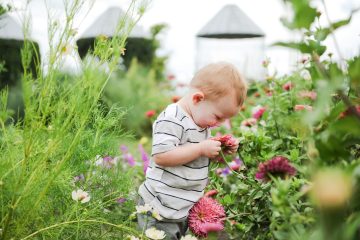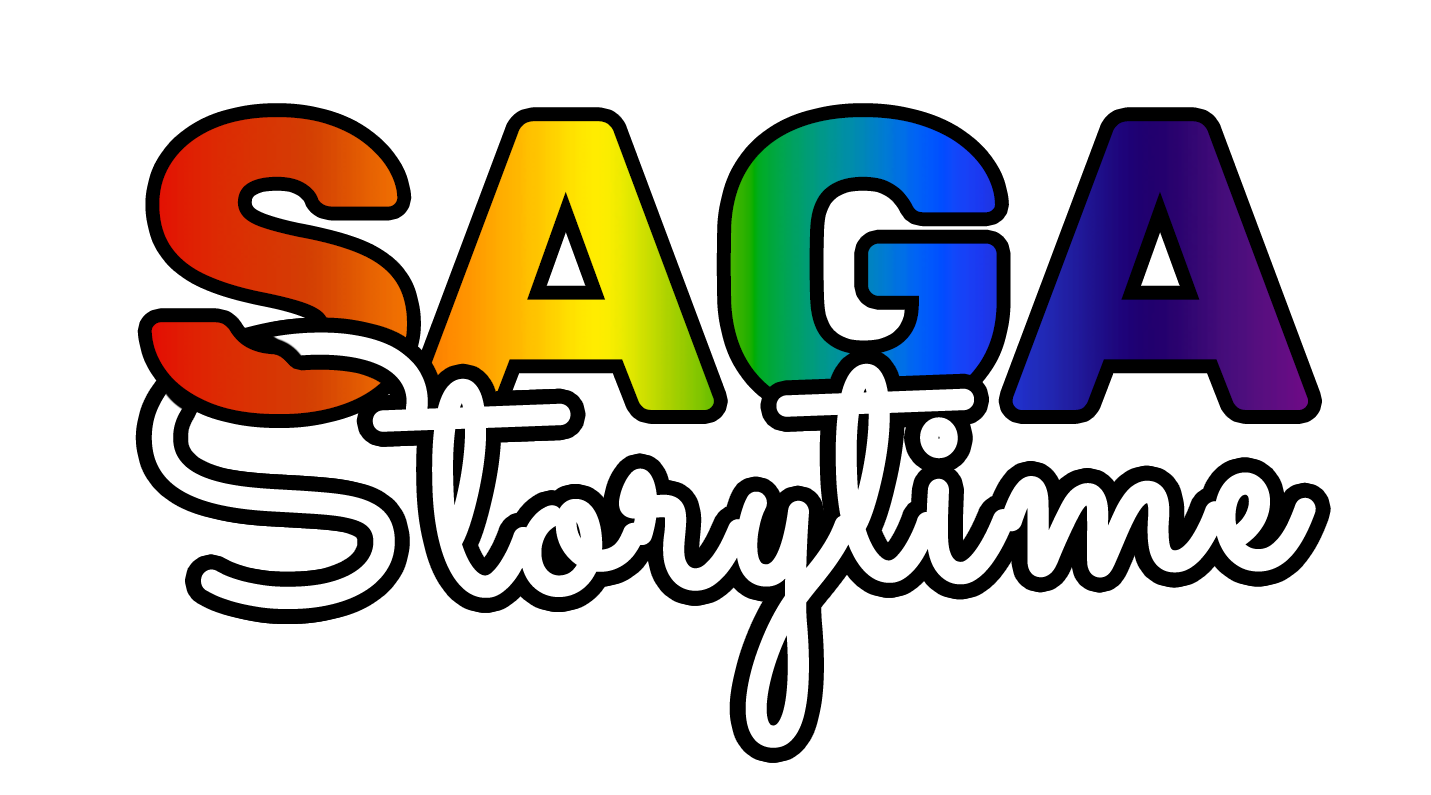
At ages 2 to 6, kids are natural scientists: they touch, taste, mix, pour, and ask “why?” a hundred times a day. Every question is an experiment waiting to happen! At these ages, children’s curiosity about the world around them blossoms, making this the perfect time to introduce simple, hands-on science lessons that nurture wonder and understanding.
🔍 Start with Everyday Curiosity
You don’t need a lab or special equipment to teach scientific thinking — just everyday moments. Science for young learners can happen in the kitchen, the garden, or the backyard. Watching a seed sprout, mixing colors, or noticing how water puts out a candle all teach cause and effect, observation, and problem-solving.
Encourage your child to ask questions and think out loud. Instead of giving quick answers, ask back:
“What do you think will happen next?”
“Why do you think that changed color?”
These open-ended questions help children learn to think like scientists — predicting, testing, and observing outcomes.
🌦️ Make Science Hands-On and Playful
At this age, learning happens best through play. Let kids explore textures, sounds, and reactions with all their senses. Whether they’re pretending to be bees collecting nectar, experimenting with water and sand, or watching a storm roll in, the goal is to spark curiosity and build connections to the real world.
Use household items and nature-based materials — cups, soil, ice, leaves, sunlight, and shadows — to create mini-experiments. The key is to make it safe, simple, and fun.
🌼 Connect Science to the World Around Them
Science isn’t something separate from daily life — it is daily life. When kids see how plants grow, how weather changes, or how animals find food, they begin to understand systems, balance, and cause and effect. These lessons build early STEM foundations and an appreciation for the environment.
Simple science play helps children grasp big ideas like:
- Growth and change (plants, people, animals)
- Weather and the environment
- Light, heat, and water
- Teamwork in nature (like bees or ants, and ecosystems)
Each small discovery can add up to a big understanding of how the world works.
💛 Keep It Wonder-Filled, Not Worksheet-Filled
For preschoolers, science should never feel like a test — it should feel like magic. Encourage exploration, celebrate mistakes, and share excitement when something unexpected happens. That spark of curiosity is what builds confidence and critical thinking.
Stories, songs, and creative activities can also make science relatable. Whether you’re reading about the weather, pretending to be bees, or drawing flowers, storytelling helps solidify learning in a way that feels joyful and memorable.
🌈 Learning Beyond the Page
At SAGA Storytime, we believe early learning should be colorful, creative, and full of discovery. Our science-themed worksheets and activities help parents and teachers extend these real-world lessons into guided play — turning questions into curiosity-driven learning moments.
When you combine imagination, play, and science, every day becomes a chance to explore the incredible world we live in. 🌍✨
